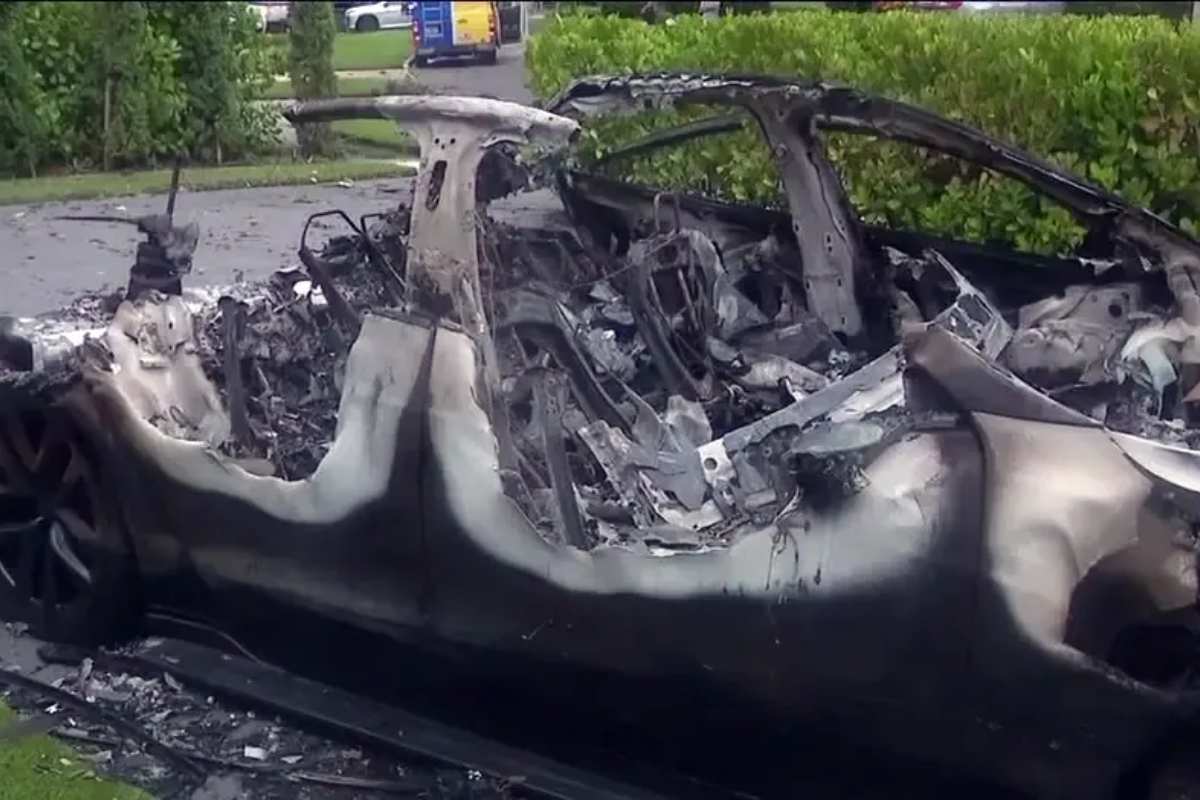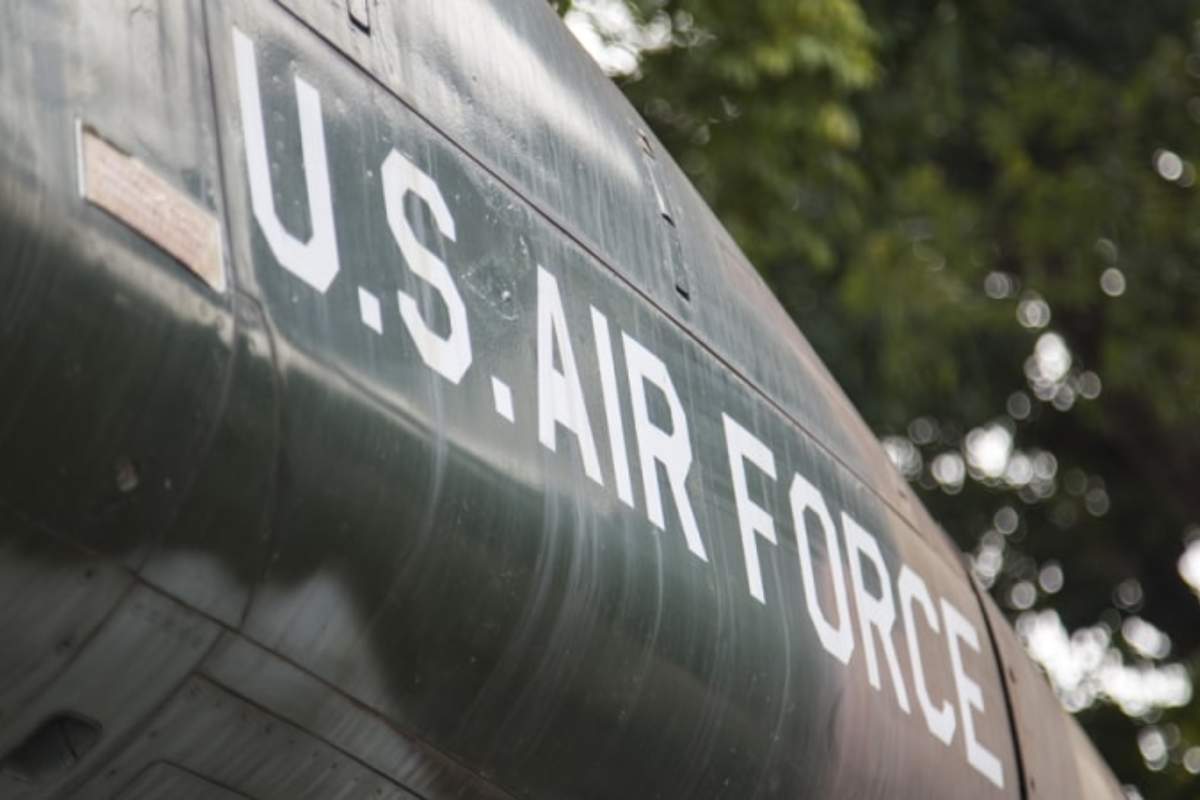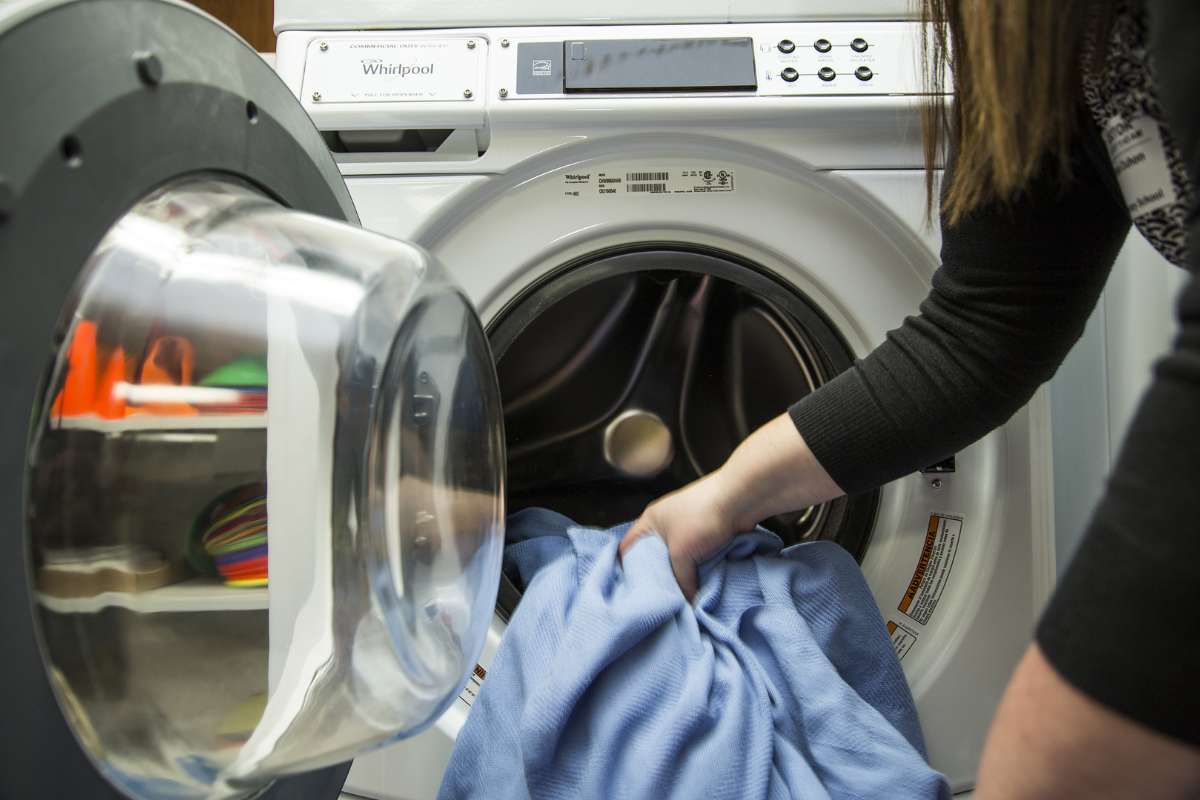Source – livenowfox.com
Authorities Warn of Risks Following Hurricane Helene
As the Southeastern United States recovers from the devastation caused by Hurricane Helene, authorities are urging electric vehicle (EV) owners to exercise caution, particularly if their cars were submerged during the storm. According to a report by the Associated Press (AP), there are growing concerns about the potential fire risk posed by flood-damaged electric vehicle batteries. Videos circulating online, including footage of a Tesla Model X that allegedly exploded in a garage, have heightened awareness of this issue.
Tesla has long acknowledged the dangers associated with submerged EVs and recommends that any vehicles affected by flooding be parked at least 50 feet from any structure until they can be inspected by certified professionals. Florida Governor Ron DeSantis also encouraged EV owners to move their cars to higher ground before Hurricane Helene made landfall.
Tom Barth, head of the special investigations branch at the National Transportation Safety Board’s highway safety office, emphasized that saltwater is particularly dangerous for electric vehicle batteries. When saltwater comes into contact with the battery’s terminals, it can create a short circuit, leading to a phenomenon called thermal runaway, which can result in fires or even explosions. This risk has become a significant concern in hurricane-prone regions where vehicles can easily be submerged in floodwaters.
Corrosion and Moisture Seal Failures Add to Battery Risks
Although electric vehicle batteries are designed to be safe in various conditions, including temporary submersion, the real issue arises when batteries are exposed to standing water for extended periods. EV batteries are equipped with moisture seals, which are meant to prevent water from entering. However, saltwater’s highly corrosive nature can degrade these seals, leading to potential failures. Barth highlighted the corrosive effects of saltwater by pointing out that even the undercarriage of cars in areas where roads are salted can suffer damage. Once moisture starts to penetrate the battery pack, it can lead to dangerous short circuits.
Despite these concerns, it is important to note that the likelihood of an EV catching fire after being submerged is relatively low. Research conducted by the National Highway Traffic Safety Administration (NHTSA) after Hurricane Ian—which also caused widespread flooding—indicated that only a small percentage of flooded EVs actually caught fire. Out of 3,000 to 5,000 EVs submerged during that hurricane, around 600 were considered total losses, and of those, 36 ignited. Although the overall rate of fire is about 0.1%, the risk increases when vehicles are severely damaged.
Post-Hurricane Research Highlights Potential Dangers
Investigations into the aftermath of Hurricane Ian, conducted by the Idaho National Laboratory as part of an NHTSA study, identified several ways in which floodwaters can breach EV battery packs. These findings underscore the importance of taking precautions in areas affected by hurricanes. While EVs are generally safe and well-designed, prolonged exposure to saltwater flooding poses significant risks, especially when vehicles are submerged in standing water for extended periods. The study confirmed that moisture could indeed penetrate the battery seals, increasing the likelihood of dangerous outcomes like fires or explosions.
In light of these risks, experts continue to advise EV owners to take their vehicles for inspection if they have been flooded and avoid driving them until they are deemed safe.
Also Read: Apple Event: What to Expect from iPhone 16, Apple Watch Series 10, and More












